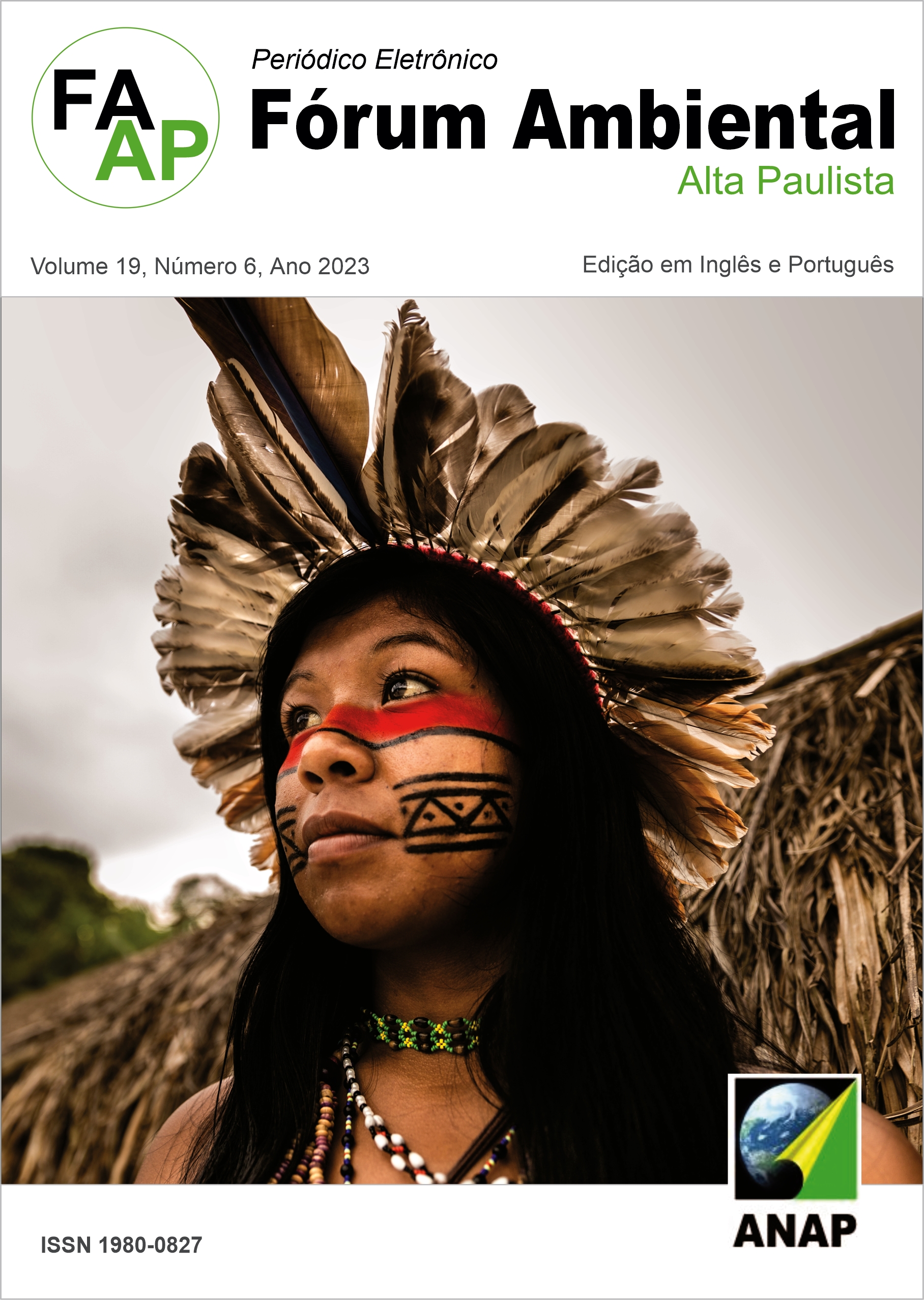Socio-spatial impacts of solid waste on the population of Vila Lídia, Bairro Noal, Santa Maria, RS
DOI:
https://doi.org/10.17271/1980082719620234739Keywords:
Basic Sanitation, Social Deprivation, Santa MariaAbstract
The universalization of basic sanitation, in terms of water, solid waste, and sewage, is still a challenge for countries with great socio-spatial inequalities, such as Brazil. Although the United Nations (UN) has been creating goals to combat the problem of sanitation, very little progress has been made towards a better distribution and quality of service in poor countries. In this sense, the theme of this study is linked to the assessment of the impacts of solid waste on the population of Vila Lídia, a poor locality in the city of Santa Maria, RS. Therefore, the objectives of the work are: to analyze the current situation of disposal of solid waste in the territory of Vila Lídia, neighborhood Noal, Santa Maria; and discuss the socio-environmental reality arising from the disposal of solid waste. Data were collected from interviews, fieldwork, photographic records, and bibliographical and documental surveys. The data show that two of the four micro areas that comprise Vila Lídia have low percentages of households with public waste collection (71% and 78%). These data, combined with the interviews, demonstrate the problem of solid waste disposal, especially on the banks of the Arroio Cadena, which in times of flood causes flooding in homes, exposing the population to economic risks and diseases. It should be noted that the incorrect disposal of waste in Vila Lídia is the result of a historical and socio-spatial process of the population that is marked by deprivations of all kinds, including the denial of the use of the territory itself.
Downloads
Downloads
Published
Issue
Section
License

This work is licensed under a Creative Commons Attribution-NonCommercial-ShareAlike 4.0 International License.












